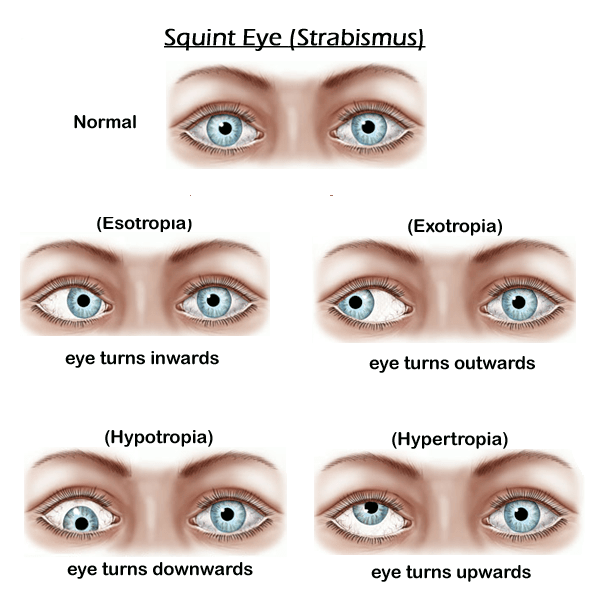Trustindex verifies that the original source of the review is Google. Good retina dipartmentTrustindex verifies that the original source of the review is Google. Trustindex verifies that the original source of the review is Google. Mohammed kabeer I would like to extend my heartfelt gratitude to Dr Rajkumar for his exceptional service .I visited him with severe diabetic related complications in my left eye. following his expert advice,I underwent surgery ,and I am delighted with the remarkable improvement in my vision. I am deeply thankful for the outstanding care I received .the hospitals atmosphere is impressively neat and clean. My sincere thanks to Dr Rajkumar and our counsellors Mrs Sukanya and Mrs Revathi for their commendable service and support.Trustindex verifies that the original source of the review is Google. Molly thomas Quite satisfactory.Everything lwent on well.Good servicesTrustindex verifies that the original source of the review is Google. Achuthan I have been severely myopic since since childhood.wearing thick glasses has been a significant challenge for me.deciding to undergo cataract surgery was a game changer.thanks to Dr Rajkumar sir expertise ,I have regained my vision,and I am thrilled to be able to see without glasses...I am grateful for the support of our friendly and supportive counselor navya.Trustindex verifies that the original source of the review is Google. I visited retina department the services of docters and staff excellent, especially the cleaning and maintenance of the hospital is very good.Trustindex verifies that the original source of the review is Google. എൻ്റെ ഭാര്യ മൈമൂന കണ്ണിൻ്റെ ലേസർ ട്രീറ്റ് മെൻ്റും ഇഞ്ചക്ഷനും കഴിഞ്ഞു Dr രാജ് കുമാറിനെ യാണ് കാണിച്ചത് ചികിത്സ തൃപ്തികരമാണ് ഡോക്ടറും സ്റ്റാഫുകളും നല്ല ഇടപെടലാണ് ഇപ്പൊ നല്ല മാറ്റം ഉണ്ട്Trustindex verifies that the original source of the review is Google. Udhyan. Pn Very good experience and staff and Doctor:Rajkumar maheswari Counsiler :Revathy Eye very clear.. Thanku for ahalia eye care hospital palakkadTrustindex verifies that the original source of the review is Google. Am Abdulla K P,undergone treatment for my eye condition by Dr.Rajkumar in Ahalia Foubdation Eye Hospital. The treatment was co-ordinated very well by Sis.Sukanya and am completely satisfied with the treatment,my vision improved much. Am very happy. Thank you.Trustindex verifies that the original source of the review is Google. Good hospitality, very hygiene, friendly staff, great natural beauty. Satisfactory servicces made us to feel at home!Google rating score: 4.8 of 5, based on 1834 reviews

What Patients Say
Condition in which a person can not align both eyes simultaneously. One eye may turn in, out, up, or down. When the eye turns in, it is called – esotropia, when it turns out, it is called – exotropia, when the eye turns down, it is called hypotropia & when the eye goes up, it is called – hypertropia.
Causes
- Weakened muscles or abnormal nerve impulses to the eye muscles
- Heredity
- Blurred or poor vision, due to any cause, such as cataracts, refractive errors etc.
What will happen if my child has squint?
Squint can lead to ‘lazy eye’ or amblyopia, in which the vision in the squinting eye decreases. Amblyopia is better treated at a younger age. So it is better to consult your eye doctor as soon as you notice any abnormality of the eyes.
- There can be faulty depth perception
- Improper psychological & personality development due to low self esteem
Treatment
- When the squint is associated with refractive error, the squint may get corrected on wearing glasses.
- If not corrected with glasses it will have to be corrected by surgery.
- Surgery is done under general anesthesia in children & local anesthesia in cooperating adults.
- Your doctor may operate on one or 2 eyes simultaneously.
- Strabismus surgery results in variable outcomes that still are not controlled completely, even by the best surgeon. Hence some cases may need re-surgeries.
- The Eye is bandaged for one day after surgery.
- Eye drops will have to be instilled, for 4 to 6 weeks after surgery.
- 1st Follow up will be after a week.
- There is no necessity to restrain the normal activity of the child.
